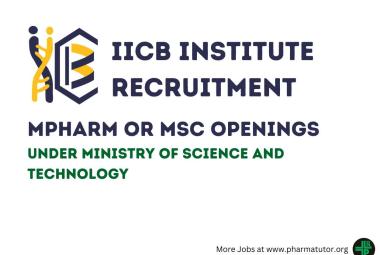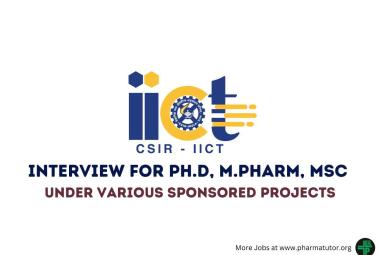ORAL DELIVERY OF INSULIN AND ITS CURRENT STATUS
 About Authors:
About Authors:
Kritika Rastogi, U.K. Singh, A.K. Chaturvedi
Kharvel Subharti College of Pharmacy, (swami vivekanand subharti university) subhartipuram,
N.H-58, Meerut By Pass Road, Meerut, Uttar pradesh-250001,India.
*kritikarastogi6@gmail.com
Abstract
Insulin remains the most effective and durable hypoglycemic agent for the treatment of diabetes. Insulin is a major protein hormone secreted by beta –cells of the pancreas and is important for the control of diabetes. Insulin has an important place in drug therapies for insulin dependent diabetes mellitus (type I) and for many patients with non-insulin-dependent diabetes mellitus (type II). It would be highly advantageous if insulin could be administered orally, because the oral delivery of insulin can mimic the physiological fate of insulin and may provide better glucose homeostasis. The desire to deliver protein and peptide biopharmaceuticals conveniently and effectively has led to the intense investigation of targeted delivery systems. The goal of oral insulin delivery devices is to protect the sensitive drug from proteolytic degradation in the stomach and upper portion of the small intestine.



 ABOUT AUTHORS:
ABOUT AUTHORS: ABOUT AUTHORS:
ABOUT AUTHORS: ABOUT AUTHORS:
ABOUT AUTHORS: About Author:
About Author: ABOUT AUTHORS:
ABOUT AUTHORS: ABOUT AUTHORS:
ABOUT AUTHORS:







.png)

